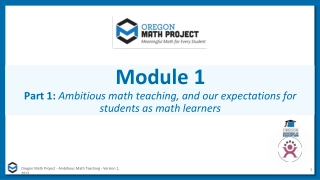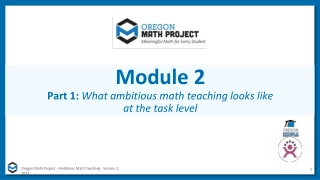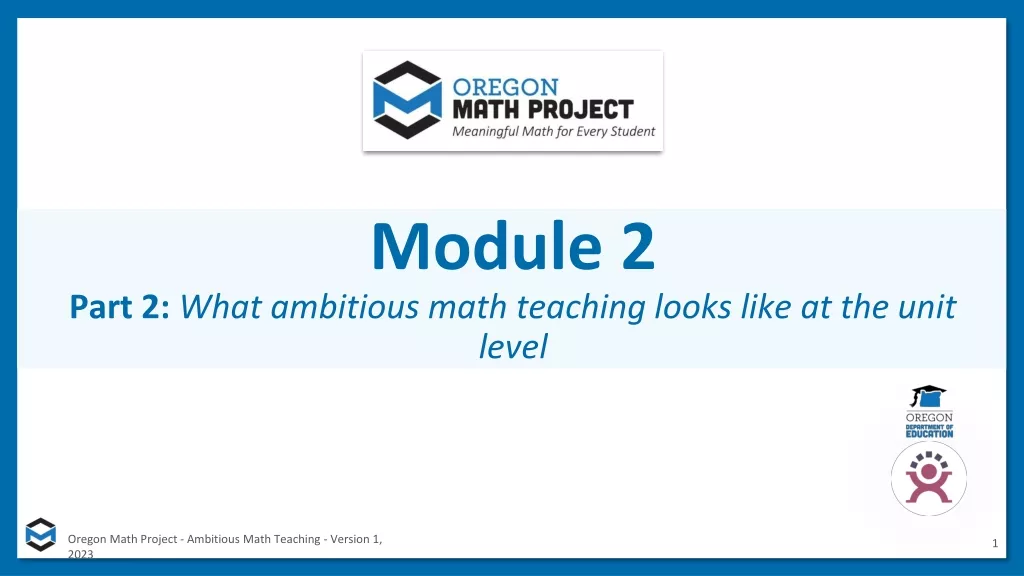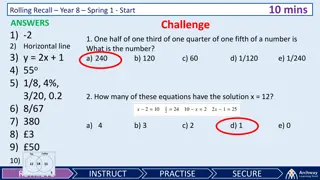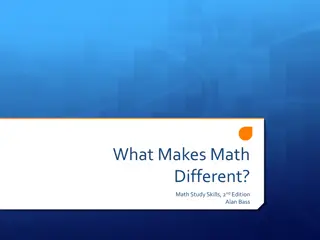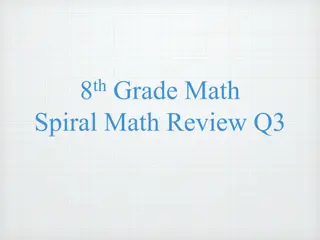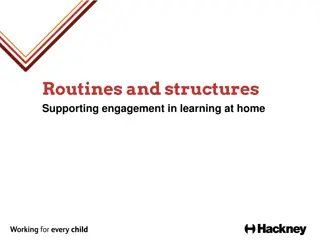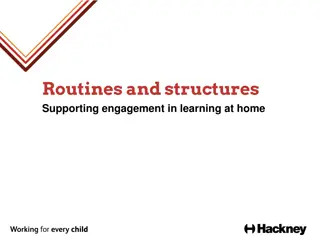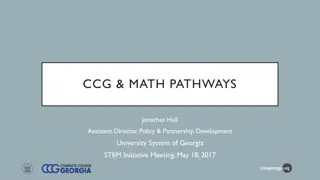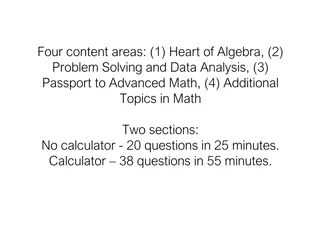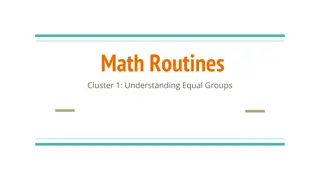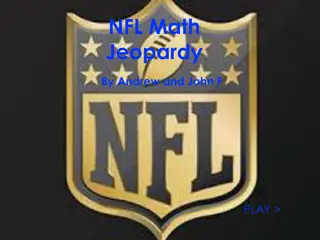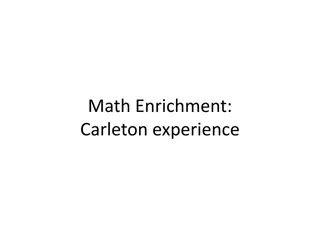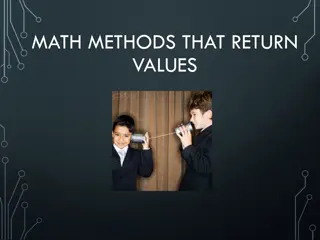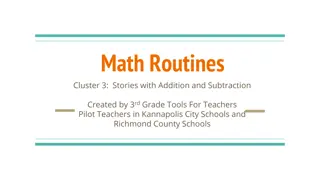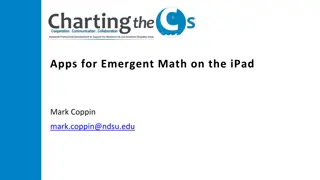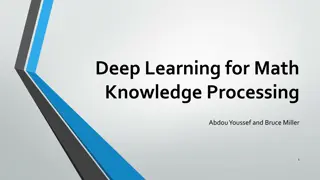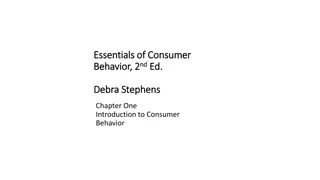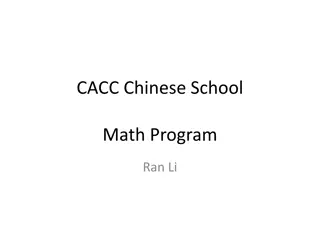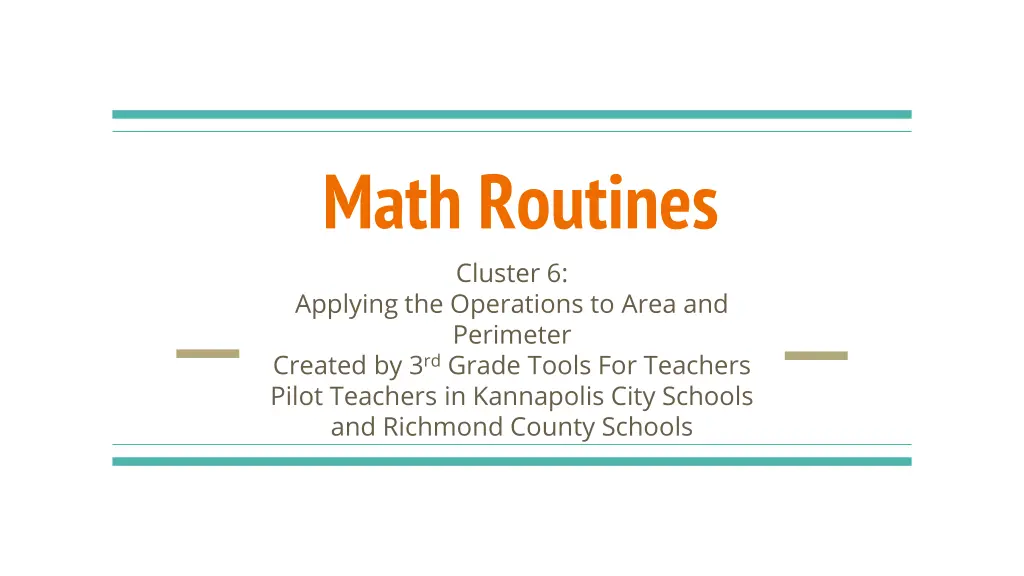
Interactive Math Routines for 3rd Grade Area and Perimeter
Explore engaging math routines for 3rd-grade students to learn about area, perimeter, and problem-solving techniques using interactive tools and activities. Enhance understanding of concepts related to multiplication, addition, tiling, and rectangular areas.
Download Presentation

Please find below an Image/Link to download the presentation.
The content on the website is provided AS IS for your information and personal use only. It may not be sold, licensed, or shared on other websites without obtaining consent from the author. If you encounter any issues during the download, it is possible that the publisher has removed the file from their server.
You are allowed to download the files provided on this website for personal or commercial use, subject to the condition that they are used lawfully. All files are the property of their respective owners.
The content on the website is provided AS IS for your information and personal use only. It may not be sold, licensed, or shared on other websites without obtaining consent from the author.
E N D
Presentation Transcript
Math Routines Cluster 6: Applying the Operations to Area and Perimeter Created by 3rdGrade Tools For Teachers Pilot Teachers in Kannapolis City Schools and Richmond County Schools
Standards NC.3.MD.5 NC.3.MD.7 NC.3.MD.8 Find the area of a rectangle with whole- number side lengths by tiling without gaps or overlaps and counting unit squares. Relate area to the operations of multiplication and addition. Find the area of a rectangle with whole-number side lengths by tiling it, and show that the area is the same as would be found by multiplying the side lengths. Multiply side lengths to find area of rectangles with whole-number side lengths in the context of problem solving, and represent whole-number products as rectangular areas in mathematical reasoning. Use tiles and/or arrays to illustrate and explain that the area of a rectangle can be found by partitioning it into two smaller rectangles, and that the area of the larger rectangle is the sum of the two smaller rectangles. Solve problems involving perimeters of polygons, including finding the perimeter given the side lengths, and finding an unknown side length.
Talk a Mile a Minute Area Tiling Perimeter Outline Unit square
Talk a Mile a Minute Length Width Regular polygon Units
Numberless Word Problem Sam is trying to find the side length of a square. If he knows the perimeter, how can he determine the length of one side?
Numberless Word Problem Colin knows the perimeter of a regular hexagon. How can he determine the length of one of the sides?
Numberless Word Problem Emily wants to put new tile in her kitchen. She knows the length and width of the room. How can she determine how much tile she will need to buy?
Numberless Word Problem Kari needs to find the missing side length of a rectangle. She knows the area and the width of the rectangle. How can she find the missing side length?
Target Number: 24 units Find as many polygons as you can with a perimeter of 24 units.
Target Number: 12 units Find as many rectangles as you can with a perimeter of 12 units.

